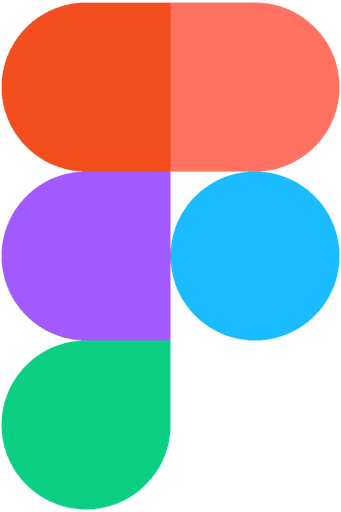Boost Bank
3 weeks
2017
Fintech, digital payment
11 million (2024)
Merchant Touchpoint
600k (2024)
Challenge
Redesign the Boost E-wallet website to streamline information and navigation, ensuring users quickly access relevant content. This aims to enhance user experience, promote key features, and drive conversions, balancing user needs and business goals. The objective is to increase website traffic, extend browsing sessions, and improve user satisfaction.
Results
After the website revamp, Boost E-wallet saw a significant rise in website traffic, along with increased user engagement and a lower bounce rate. The streamlined navigation and decluttered interface improved the user experience, resulting in higher satisfaction ratings.
Users new to Boost: Able to identify what Boost product is about and where to use it more easily.
Frequent Boost user: Able to find desired information (campaign T&C and happenings e.g. promotions, news) about Boost more easily.
Current Website
Outdated Design: The website's visual elements, including graphics, typography, and overall design aesthetics, appear outdated and fail to reflect Boost's contemporary brand image.
Result: This can result in users perceiving the website as less trustworthy or relevant compared to competitors with more modern designs.
Irrelevant Content to Users: The website's lack of relevancy fails to address users' current needs, preferences, and interests.
Result: This disconnect between the content provided and users' expectations can diminish the overall user experience and result in decreased engagement and conversions.
Content Overload: The website is burdened with an abundance of marketing information and compliance-related details.
Result: This becomes challenging for users to locate relevant information quickly and efficiently, detracting from their overall experience.
Research & User Survey
Goal: To understand what users look for on the Boost website.
Research Methodology: Qualitative survey
Tool Used: Google Form
I conducted a qualitative survey with 9 users, considering a diverse audience ranging in age, race, and level of familiarity with the Boost app. The qualitative survey allowed me to gather insights from both active consumers and new users, understanding what they seek from the website look for on the Boost website.
Moodboard
Sitemapping & Wireframing
After collaborating closely with various teams, including marketing, legal, and compliance, I embarked on crafting a sitemap for the website. This process wasn't just about organizing pages; it was about creating a roadmap that reflected our users' needs and aspirations.
Method: I used the card sorting method, a collaborative technique where website content is visualized and organized using sticky notes with my stakeholders. This allowed us to map out the main pages, subpages, and their relationships in a tangible and collaborative manner. Through discussions and iterations, I ensured that the sitemap prioritized user pathways, intuitive navigation, and alignment with business objectives.
Styleguides
Hi-fi Designs
I worked on all the pages for Boost website for consumer and merchant (not shown in this case study), which includes the Home, About Us, Promotions, Features, Newsroom, Careers, Support and Footer section which includes About, Terms & Conditions, Privacy, Product Disclosure, Download Boost.
User Testing
Goal: To evaluate the usability and user experience of the designs.
Research Methodology: Quantitative surveys
Tool Used: Maze
I conducted a quantitative survey involving 58 users, representing diverse demographics in terms of age, race, and familiarity with the Boost app. Users participated in scenario-based tasks to evaluate the efficiency of the design flow and the accessibility of information.
With Maze, I monitored users' cursor movements and interactions, recording observations and identifying areas for improvement based on their behavior. This feedback guided my design iterations aimed at enhancing the user experience.
Final Design
This is the finalized prototype of the website, now live on Boost's platform following development. *For the best viewing experience, please watch this video on your desktop.
Result
The positive sentiment observed in the image below reflects a successful website redesign, which has had a tangible impact on the business's engagement metrics. Users' favorable responses indicate improved satisfaction with the website's design and functionality, leading to increased interaction and engagement. This outcome underscores the effectiveness of the redesign in meeting user needs and enhancing the overall user experience.
235%
Improved website traffic
35%
Decreased bounce rate
42%
Increase in time spent on website
























